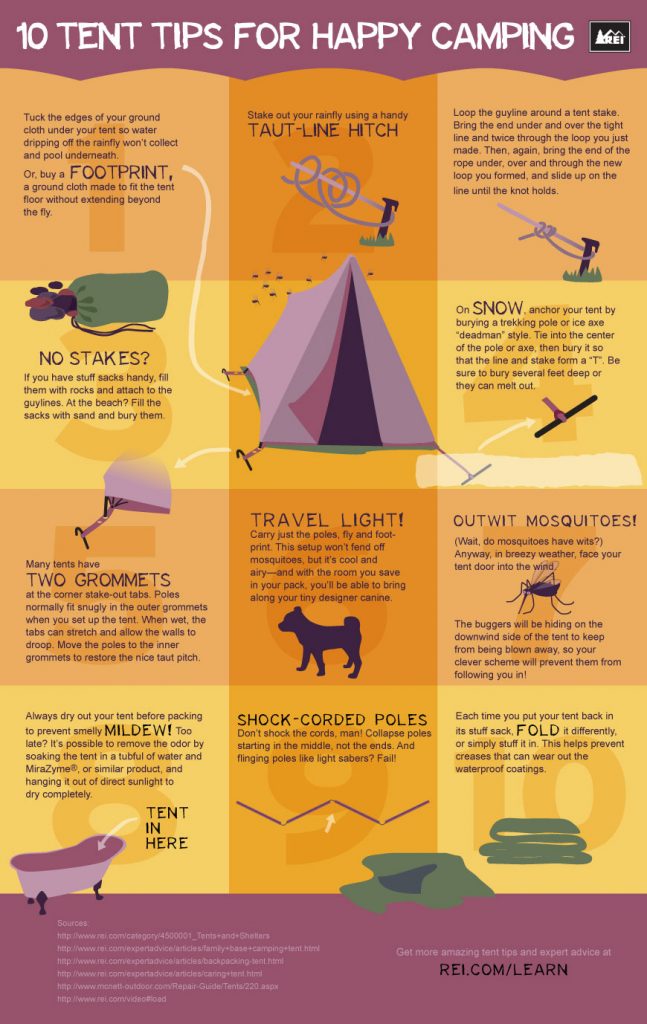How To Safely Place A Stove In A Wall Tent
Multi-Purpose Uses for Rain Flies in CampThe rainfall fly is a necessary component of your outdoor tents, protecting it from rainfall, wind and severe sunshine. Whether you choose a sizable multi-room tent or light-weight backpacking tent, you'll discover that a top quality rainfly enhances your exterior experiences.
Try to find a rainfly with durable products and a high waterproof rating. Take into consideration the weight and packability of a rainfly when selecting it for backpacking journeys.
Sleeping Camping tent
A rainfly gives extra defense for your tent from unforeseen showers. Its layout deflects rainfall and snow and aids avoid water from merging on the top of your tent. This can trigger the textile to sag and cave, causing leakages.
Modern rainfly fabrics consist of polyurethane or silicone coatings to provide phenomenal waterproofing. Many likewise include secured seams to avoid water from dripping through stitching. Some even have reflective spots to aid you locate your camping tent in low-light problems.
Pick a rainfly that reflects the environment and outdoor camping problems you encounter most often. As an example, desert campers need a rain fly that blocks wind and UV rays. Backpackers must take into consideration ultralight rain flies to reduce pack weight without jeopardizing defense. Look for flexible add-on points that enable you to alter the stress on the fly to make certain that it is taut and positioned appropriately to stop leakages. A well-positioned rainfly can additionally regulate temperature and reduce condensation inside the camping tent.
Tarpaulin
Tarpaulins are versatile pieces of camping gear, and a tarp shelter can be one of one of the most comfy alternatives for camp. Along with having the ability to be set up in endless ways, tarps also have a tendency to need less gear than camping tents and are much lighter in weight.
A significant benefit to tarpaulin sanctuaries is that they permit enough air flow. While this can be a downside for some campers, that could favor to have an extra encased room, it is an important factor in maintaining occupants from overheating and decreasing the build-up of condensation that can endanger the textile.
Similar to various other arrangements, when establishing a tarpaulin sanctuary, make certain the ridge line is established at an angle to assist direct rain and snow away from the shelter. A good ridgeline can also keep wind from blowing the tarp around. Make certain the tarpaulin is safeguarded appropriately with proper connecting strategies, such as a prusik knot (or moving knot), at elevations that produce sufficient head room and are not a tripping threat, and incline the tarpaulin suitably for water drainage.
Protection
A rainfly is among the most essential pieces of outdoor camping tools to induce any type of trip. It protects your tent from climate that can swiftly alter, enabling you to stay comfy and appreciate your wilderness adventures.
Modern rainfall fly layouts use more than just water-proof security. Some have built-in solar panels to aid you maintain charged on the go, while others have adjustable vents for air movement to alleviate condensation accumulation. Choosing a rainfly that fits your needs and choices is essential for the total experience.
Try to find light-weight fabrics, such as nylon or polyester, and polyurethane coatings to enhance water resistance. Likewise consider the rainfly's head hydrostatic stress score, which helps you determine its capability to withstand rains and wind. Bear in mind that rain flies commonly need to be cleaned after each usage, because dirt can endure the waterproof layer. It's ideal to clean and shop it in a great, dry area to prevent mold and mold.
Shelter
A rainfly is a crucial piece of equipment for your hammock, shielding you from the aspects and ensuring that you can rest comfortably. When picking a rainfly, think about the environment and conditions in which you'll be outdoor camping. For instance, exotic atmospheres might require a rainfall fly that has high humidity and UV defense. Other factors to consider include material type and weight. Try to find options that are lightweight and made from resilient materials that withstand abrasions and stains.
If you do not have a rain fly, you can produce a makeshift sanctuary utilizing a tarpaulin. However, it's ideal to set up your rainfall defense first prior to putting up the remainder of your outdoor tents. This guarantees that you can promptly and easily enter and out of tent your hammock in the event of an unexpected tornado or change in climate. Also, make certain that your rainfall fly is correctly secured to stop flapping in the wind. Bear in mind that rainfall flies and bug internet should be cleaned up consistently to prevent mud, mold and mold and mildew from building up in time.
